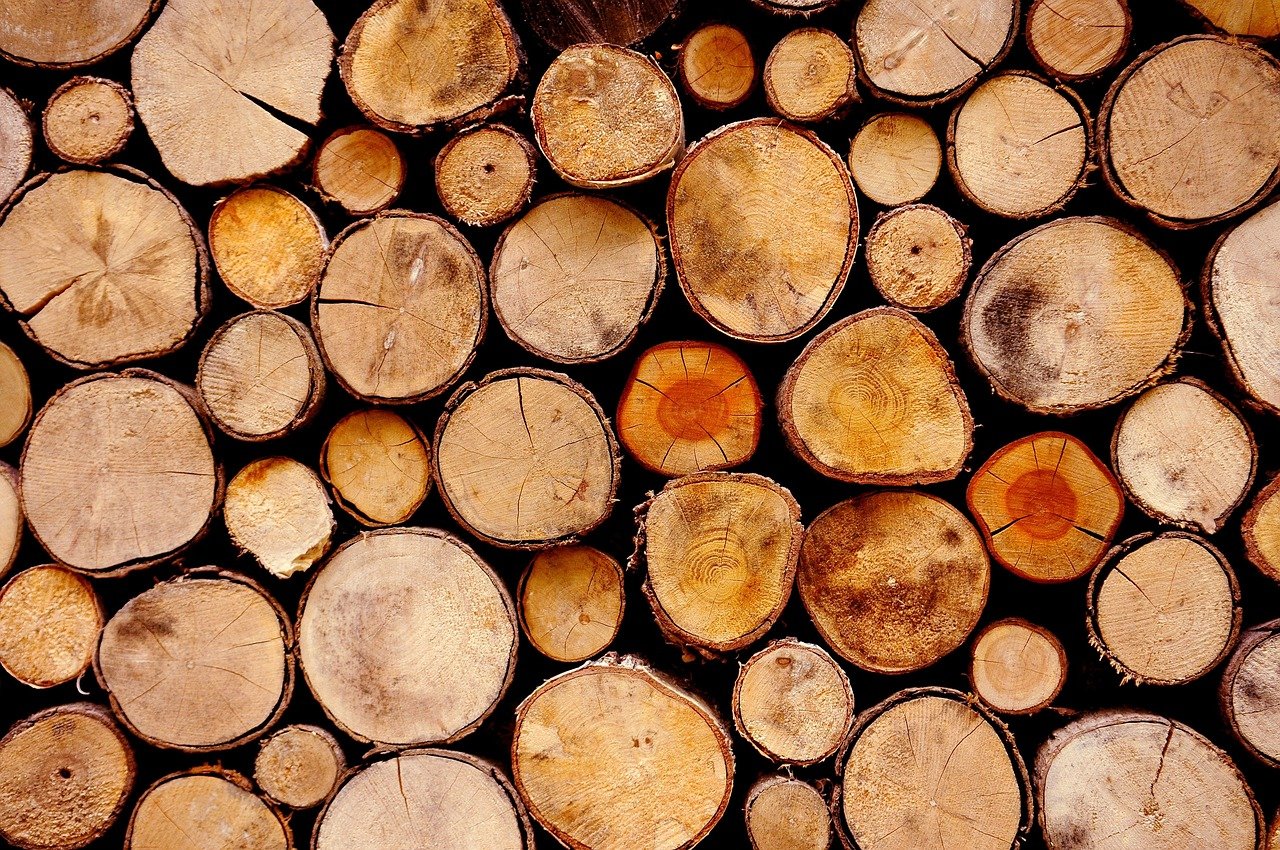A Foundation of the National Economy
Natural resources account for roughly 17% of Canada’s GDP, according to the latest federal data. The sector spans energy, forestry, mining, agriculture, and freshwater industries—all of which support millions of jobs directly and indirectly.
Energy: More Than Just Oil
While oil and gas remain central—particularly in Alberta and Saskatchewan—the country is rapidly expanding its renewable energy portfolio. Wind and solar farms are now booming in provinces like Ontario and Nova Scotia, supported by both public and private investment. Hydropower, meanwhile, remains Canada’s largest source of electricity.
Mining and Critical Minerals
Canada is one of the top global producers of key minerals like nickel, cobalt, and lithium—essential for electric vehicles and clean tech. Northern Ontario and Quebec have become hotspots for new mines, with Indigenous-led agreements becoming a growing part of how projects are developed and operated.
Forestry: A Sustainable Transition
From British Columbia to New Brunswick, Canada’s forests have long fueled economic growth. Today, the focus is shifting toward sustainable forestry and bio-economy products like wood-based bioplastics and construction materials. Export demand remains strong, particularly in the U.S. and Asia.
Unlock Deeper Insights with Cixajair Weekly
From policy shifts to breakthrough innovations — stay ahead with curated Canadian news and original reporting.
Join UsAgriculture and Water Resources
Canadian agriculture, especially in the Prairies, is facing both opportunities and challenges. Climate adaptation, precision farming, and global food insecurity are shaping how the sector evolves. Meanwhile, Canada's freshwater systems—representing 20% of the world’s freshwater—are gaining strategic importance in a changing climate.
Economic & Environmental Balance
The tension between economic development and environmental responsibility remains. Carbon pricing, emissions reduction, and Indigenous land rights are shaping how resource projects move forward. Many Canadian companies are investing in cleaner tech and ESG reporting to meet growing expectations.
Looking Forward
As global demand shifts toward cleaner, responsibly sourced materials, Canada’s resource sector is evolving—not disappearing. The challenge now is ensuring that economic opportunity aligns with climate goals, equity, and long-term sustainability.
